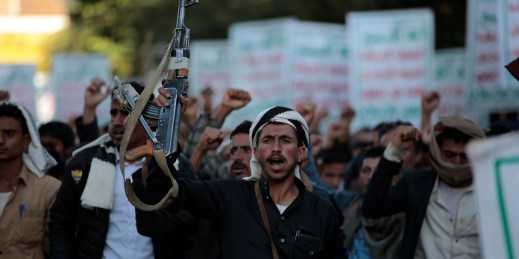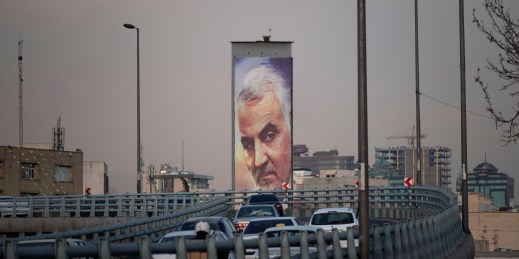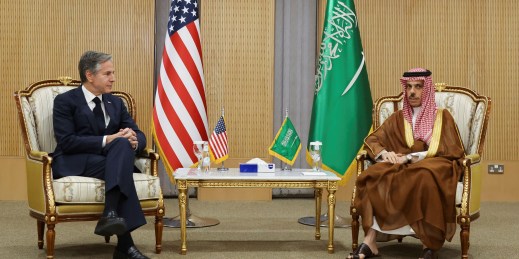
For the past year, Yemen has been in a state of limbo, its messy, regionalized conflict on hold but unresolved. And that’s unlikely to change—for the better, at least—soon. Even if Saudi Arabia and the Houthis agree to a formal cease-fire, the country will remain stuck in the liminal space of “no war, no peace” for some time to come.


